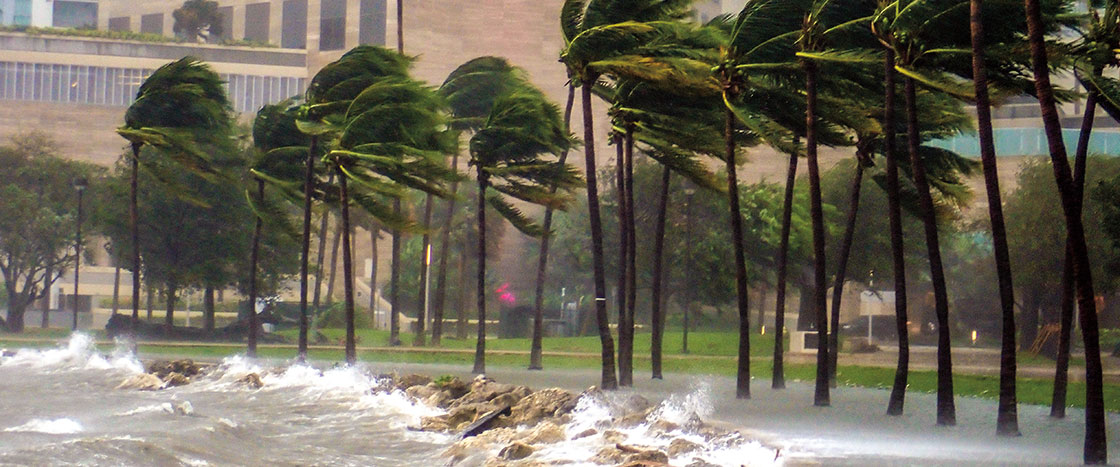WARREN FAIDLEY/GETTY IMAGES
Heavy rain falls during a hurricane. Strong winds blow.
It has heavy rain. It has strong wind.

You’re going to read a story about a hurricane. Here are five fast facts you should know first.
1) A hurricane is a huge rainstorm.
1) A hurricane is a big storm.
WARREN FAIDLEY/GETTY IMAGES
Heavy rain falls during a hurricane. Strong winds blow.
It has heavy rain. It has strong wind.
2) Most hurricanes happen in the fall.
2) Most hurricanes happen in the fall.
ISTOCKPHOTO/GETTY IMAGES; JOHN TAKAI/ADOBE STOCK
In our country, most hurricanes happen from August to October. That’s why fall is called “hurricane season.”
August to October is called “hurricane season.”
3) Hurricane winds spin in a circle.
3) Hurricane winds spin in a circle.
HARVEPINO/SHUTTERSTOCK.COM
In a hurricane, the wind spins around and around. It makes a circle. There is a calm spot in the center of the circle where there is no wind. It is called the eye of the storm.
There is a calm spot in the center of the circle. There is no wind there. It is called the eye of the storm.
4) Hurricanes can be very harmful.
4) Hurricanes cause damage, or harm.
SWITAS/GETTY IMAGES
The storm’s powerful, blustery winds can pull up trees. They can knock over houses. They can tip cars over. They can cause a lot of damage, or harm, to homes and cars.
The wind makes trees fall. It can knock over houses and cars.
5) Each hurricane gets its own name.
5) Hurricanes have names.
People need to be able to tell hurricanes apart. So people who study weather give each hurricane its own name.
Each year, these storms are named in the order of the alphabet. The first hurricane’s name starts with an A, the next one’s name starts with a B, and so on. Here are some names of hurricanes so far this year.
People use the names to tell the storms apart. The name of the first hurricane of the year starts with an A. The next name starts with a B, and so on. Here are some names of hurricanes so far this year!
About the Article
Science Focus
Weather
1. BEFORE READING
Preview Vocabulary (3-15 minutes)
2. READ THE ARTICLE (10 MINUTES)
3. AFTER READING (3 MINUTES)
Notice Nosey! (3 minutes)
ELA Focus: Key Details (20 minutes)
ELA Focus: Comprehension (5-10 minutes)
Enrich the Learning: Paired Text